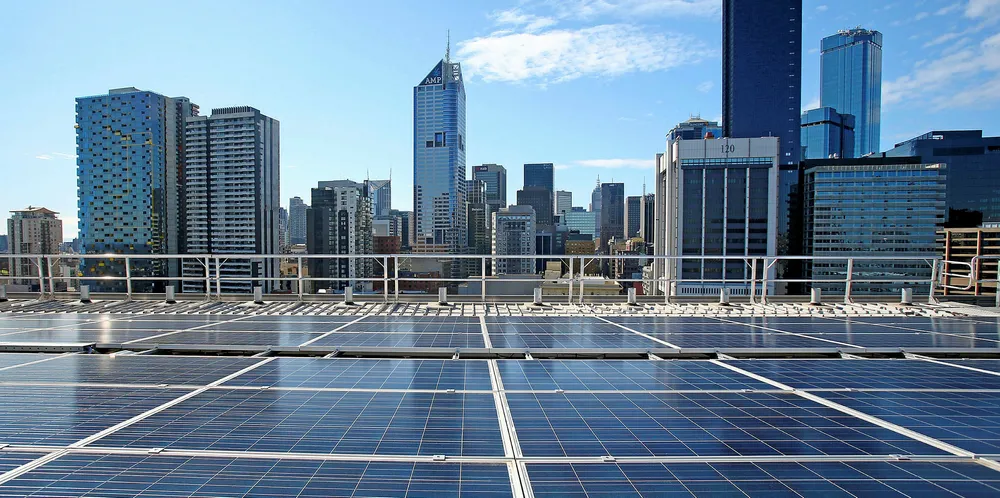Buying corporate renewable energy – a quick guide
OPINION | There is an option suitable for every business that wants to reduce its emissions, writes Rasmus Nedegaard

OPINION | There is an option suitable for every business that wants to reduce its emissions, writes Rasmus Nedegaard
